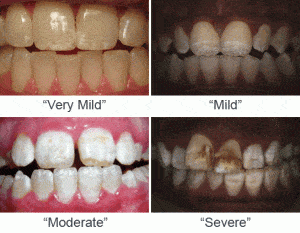 On May 31, 2015, 60 Minutes aired an episode on water that discussed the depletion of our nation’s groundwater. 60 Minutes reporter Leslie Stahl met with Jay Famiglietti, a leading groundwater expert and Earth sciences professor at the University of California, Irvine, in an effort to shed some light on the drought affecting California. The report was alarming, noting that we are pumping out our nation’s groundwater faster than it can replenish itself. And while reclaimed water was discussed as a possible solution, with Ms. Stahl dramatically drinking water that had been wastewater just 45 minutes earlier, at least one reporter thinks the 60 Minutes water report fell somewhat flat.
On May 31, 2015, 60 Minutes aired an episode on water that discussed the depletion of our nation’s groundwater. 60 Minutes reporter Leslie Stahl met with Jay Famiglietti, a leading groundwater expert and Earth sciences professor at the University of California, Irvine, in an effort to shed some light on the drought affecting California. The report was alarming, noting that we are pumping out our nation’s groundwater faster than it can replenish itself. And while reclaimed water was discussed as a possible solution, with Ms. Stahl dramatically drinking water that had been wastewater just 45 minutes earlier, at least one reporter thinks the 60 Minutes water report fell somewhat flat.
Clark Wolf, a contributor for Forbes Magazine, accused the popular Sunday evening news show of only showing half the story. While 60 Minutes successfully explained the realities of groundwater and aquifers, Wolf notes, the popular news program failed to illustrate the greater implications or, beyond reclaimed water, provide any type of long-term, viable solution. In addition, Wolf notes that California’s agricultural sector needs to look towards more sustainable growing methods.
So who is right? You can find the 60 Minutes video and transcript here and Wolf’s article here in order to form your own opinion. But no matter which news piece is perceived as more accurate, one thing is certain: people are finally talking about water, its scarcity, and how we can protect it for future generations. And we can all agree that that is a good thing.








 Abstract: The Town of Spencer, Massachusetts received an Administration Consent Order (ACO) from the Massachusetts Department of Environmental Protection (MassDEP) mandating changes to their water treatment process, and the separation of the Town’s water distribution system into two pressure zones. This paper discusses the completion of this project in three phases. The System Study evaluated the conceptual design criteria needed for the two pressure zones and selection of tank sites. The Design Phase highlights permitting and design challenges encountered, and the Construction Phase discusses the overall final product, construction challenges and project successes.
Abstract: The Town of Spencer, Massachusetts received an Administration Consent Order (ACO) from the Massachusetts Department of Environmental Protection (MassDEP) mandating changes to their water treatment process, and the separation of the Town’s water distribution system into two pressure zones. This paper discusses the completion of this project in three phases. The System Study evaluated the conceptual design criteria needed for the two pressure zones and selection of tank sites. The Design Phase highlights permitting and design challenges encountered, and the Construction Phase discusses the overall final product, construction challenges and project successes.